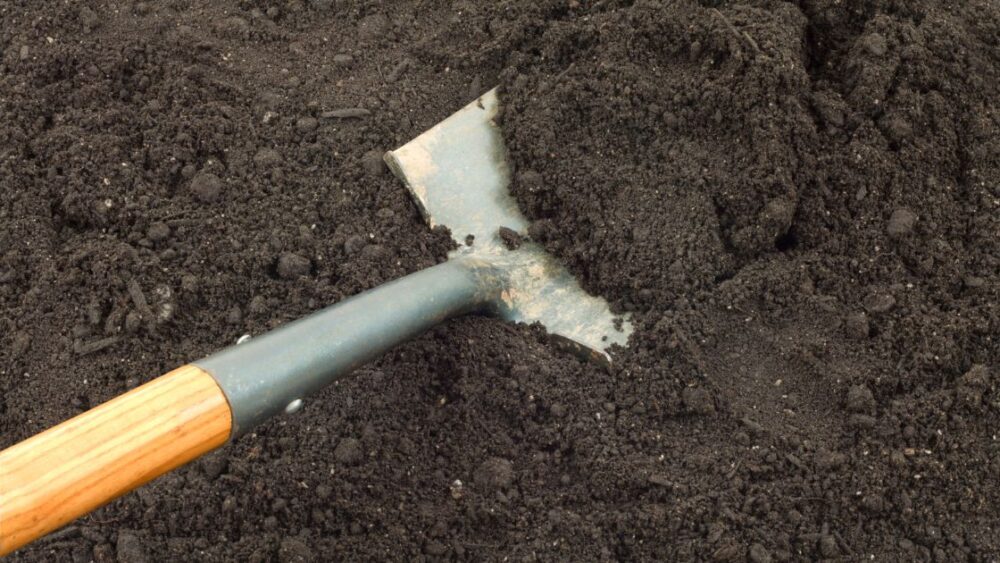
Gardening is a rewarding and fulfilling hobby that requires the right tools to ensure success. Among the essential gardening tools, shovels play a crucial role in various tasks, from digging planting holes to moving soil and materials. In this article, we will delve into the three main types of shovels used in gardening: digging shovels, spade shovels, and scoop shovels. By understanding their features, uses, and benefits, you’ll be equipped with the knowledge to choose the right shovel for your gardening needs.
Digging Shovels
Digging shovels, often referred to as the true workhorses of the garden, are specifically designed to handle the most demanding tasks with ease and efficiency. These purpose-built tools are the backbone of any gardener’s toolkit, offering the necessary strength and versatility to tackle a wide range of gardening endeavors. Let’s explore the features, uses, and benefits of these robust digging shovels, which serve as the foundation for successful gardening projects:
- Designed for Strength and Durability: Digging shovels are constructed to withstand the rigors of challenging gardening tasks. They are typically built with sturdy materials, such as steel or reinforced plastics, ensuring their durability and longevity. The robust construction of digging shovels allows them to handle the toughest soil conditions and resist bending or breaking under pressure.
- Long Handle for Leverage and Comfort: One prominent feature of digging shovels is their long handle. The extended handle provides increased leverage, allowing gardeners to exert more force while digging, thereby minimizing strain on their muscles and reducing the risk of injury. Additionally, the long handle ensures a comfortable grip and allows for efficient digging motions, even in deeper holes.
- Pointed and Curved Blade for Efficient Digging: The blade of a digging shovel is another essential feature. It is typically pointed and slightly curved, enabling easy penetration into the ground. The pointed tip allows for precise initial entry into the soil, while the curved design helps to scoop and lift soil effectively. The blade’s shape also facilitates the breaking of compacted soil and cutting through tough roots.
- Time and Energy Efficiency: By using a digging shovel, gardeners can significantly reduce the time and effort required for various tasks. The long handle and sturdy design of digging shovels enable efficient digging motions, minimizing the strain on the gardener’s body. This efficiency translates into enhanced productivity and enjoyment of gardening activities.
- Essential for Gardening Success: Digging shovels play a vital role in the success of gardening projects. They provide the foundation for establishing healthy plants by creating the right environment for root growth. The ability to dig precise and adequate planting holes ensures that plants have the necessary space, nutrients, and stability to thrive.
Common Uses
- Digging Planting Holes: Digging shovels are invaluable when it comes to creating holes for planting trees, shrubs, and larger plants. Their sturdy construction and pointed blades allow gardeners to penetrate the soil easily, ensuring adequate space for root development.
- Soil Preparation: Whether you’re preparing a new garden bed or revitalizing an existing one, digging shovels are essential for turning the soil, incorporating organic matter like compost, and improving drainage. The long handle provides leverage for breaking up compacted soil and facilitating proper soil aeration.
- Sod Removal and Root Cutting: Digging shovels are adept at removing sod or cutting through stubborn roots that may hinder gardening efforts. The pointed blade allows for precise cutting and lifting of turf or the severing of stubborn root systems.
For more information on garden shovels, check out these articles:
Browse our Affiliate Products
- Garden Tool Racks (Types and Uses)
- What Tools Should a Beginner Gardener Have?
- Why don’t American shovels have handles? SPOILER ALERT: There Are
- Also click here amazons full list of shovels for your every need.
Spade Shovels
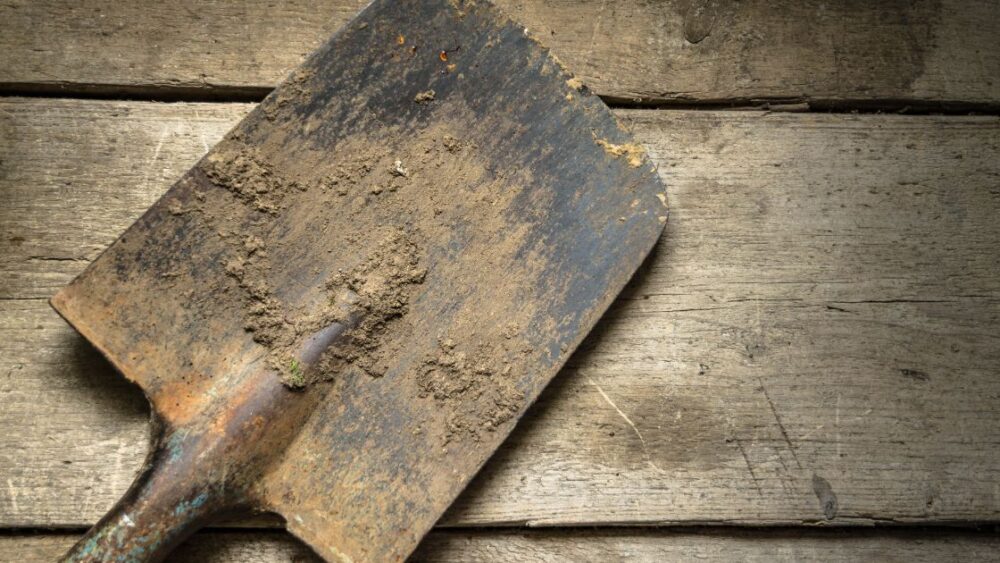
Spade shovels are renowned for their versatility and exceptional performance in a wide array of gardening tasks, making them an indispensable addition to every gardener’s toolkit. These specialized shovels possess unique features and designs that contribute to their remarkable usability and efficiency. Let’s delve deeper into the aspects that make spade shovels exceptional gardening implements:
- Flat, Rectangular Blade for Precision: One of the defining features of spade shovels is their flat, rectangular blade. This design enables precise and controlled movements, making them perfect for tasks that require accuracy and clean cuts. Whether you’re edging garden beds, creating well-defined borders, or maintaining the overall aesthetics of your garden, the flat blade of a spade shovel ensures a professional and polished result.
- Shorter Handle for Maneuverability: Spade shovels typically have shorter handles compared to other types of shovels. This design feature provides enhanced maneuverability, making them ideal for working in confined spaces or when precision is required. The shorter handle allows for better control and dexterity, enabling gardeners to navigate around plants, tight corners, or intricate landscape features with ease.
- Comfortable and Efficient Work: The ergonomic design of spade shovels contributes to both comfort and efficiency during gardening tasks. The shorter handle allows for a more natural and relaxed grip, reducing strain on the arms and wrists. This design feature, combined with the precise cutting capabilities, enables gardeners to work for extended periods without discomfort or fatigue.
- Maintenance and Durability: Spade shovels are typically crafted from durable materials such as stainless steel or reinforced plastics, ensuring their longevity and resistance to wear and tear. The sturdy construction allows for reliable performance over time, even in demanding gardening conditions. Additionally, the flat blade design facilitates easy cleaning and maintenance, ensuring that your spade shovel remains in optimal working condition.
Common Uses:
- Edging Garden Beds: Spade shovels excel in creating crisp and defined edges around garden beds, pathways, and other landscape elements. Their flat blade and precise cutting capabilities help achieve clean borders that enhance the overall appearance of your garden.
- Digging Small Holes: When it comes to planting smaller plants, flowers, or bulbs, spade shovels are the tool of choice. Their flat and rectangular blades allow for accurate and controlled digging, ensuring the proper depth and spacing for optimal plant growth.
- Lifting and Moving Materials: Despite their smaller size, spade shovels are still capable of lifting and moving loose materials such as compost, mulch, or rocks. Their compact design and maneuverability make them handy for tasks that require transferring or spreading smaller quantities of materials.
Scoop Shovels
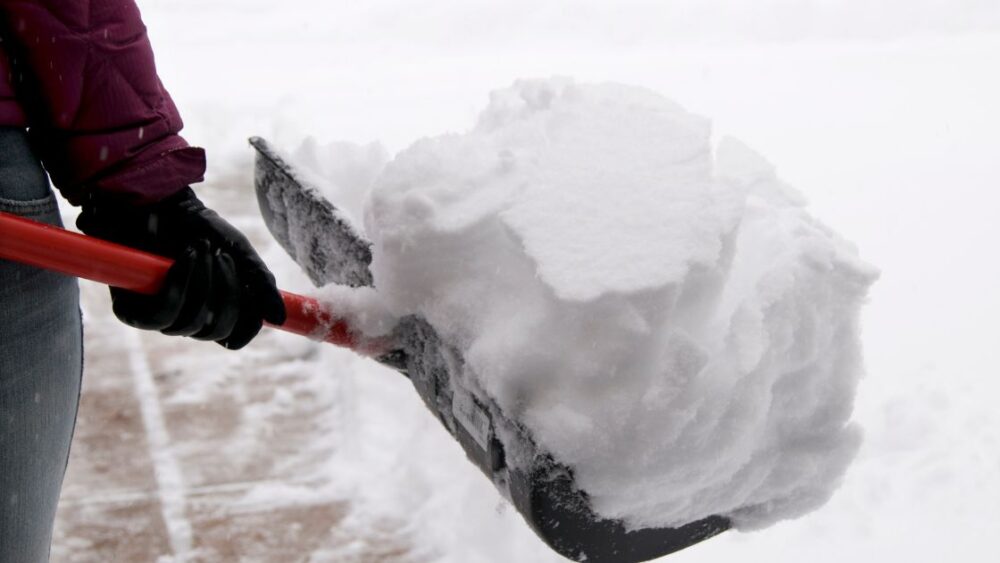
Scoop shovels, commonly referred to as snow shovels or grain shovels, are specifically engineered to tackle the task of moving loose materials with ease and efficiency. These shovels are characterized by their wide and deep blades, which allow for effective scooping and transporting of various types of materials. Whether you’re dealing with heavy snowfall, gravel, sand, mulch, or even bulk items like grain or compost, scoop shovels are versatile tools that can handle the job effortlessly. Let’s delve deeper into the features, uses, and advantages of scoop shovels:
- Wide Blade for Efficient Scooping: The defining feature of scoop shovels is their wide blade. This broad surface area enables the shovel to capture a substantial amount of material in a single scoop. Whether you’re clearing snow from your driveway or moving a large quantity of gravel, the wide blade allows for efficient scooping, minimizing the number of repetitive movements required.
- Deep Blade for Carrying Bulk Materials: In addition to their width, scoop shovels also boast deep blades. The depth of the blade ensures that the scooped materials, such as snow or grain, can be securely contained without the risk of spillage during transportation. This feature is particularly advantageous when dealing with loose materials that are prone to shifting or sliding.
- Sturdy and Durable Construction: Scoop shovels are constructed with durability in mind. They are typically made from sturdy materials such as metal or robust plastics, ensuring their ability to withstand the rigors of heavy-duty use. The solid construction of scoop shovels allows them to handle substantial loads without buckling or breaking, providing reliable performance over an extended period.
- Versatile Applications: Scoop shovels find versatile applications in various contexts, making them valuable tools for both residential and commercial use.
Common Uses
- Snow Removal: Scoop shovels excel at clearing snow from driveways, walkways, and other outdoor surfaces. Their wide and deep blades efficiently lift and remove snow, making winter maintenance tasks more manageable.
- Material Spreading: When it comes to spreading materials like gravel, sand, or mulch, scoop shovels offer unmatched convenience. Their wide blades allow for efficient distribution of materials, ensuring even coverage across desired areas.
- Handling Bulk Items: Scoop shovels are also well-suited for handling bulk items. Whether you need to move grain, compost, or other voluminous materials, the deep blades and sturdy construction of scoop shovels make them reliable tools for agricultural and gardening tasks.
- Construction and Landscaping: In construction and landscaping projects, scoop shovels prove invaluable for moving soil, aggregates, and other loose materials. Their ability to scoop and transport large volumes of material expedites the completion of various tasks.
Final Thoughts
Choosing the right shovel for your gardening needs is crucial for efficient and enjoyable garden maintenance. By understanding the three main types of shovels—digging shovels, spade shovels, and scoop shovels—you can make informed decisions when it comes to purchasing and using these essential tools. Whether you’re digging planting holes, edging garden beds, or moving materials, having the right shovel at hand will significantly enhance your gardening experience. So, equip yourself with these versatile shovels and embark on your gardening endeavors with confidence.
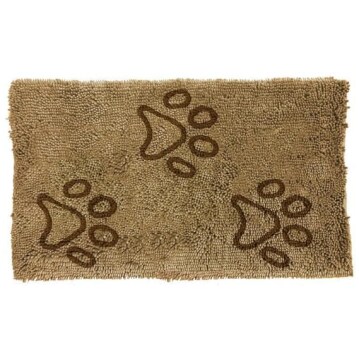

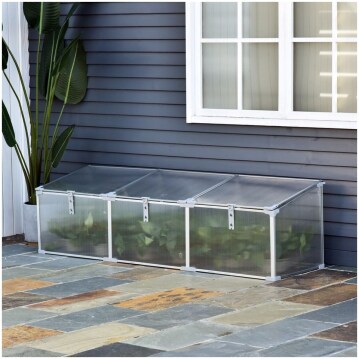
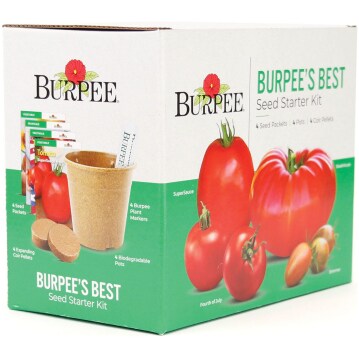


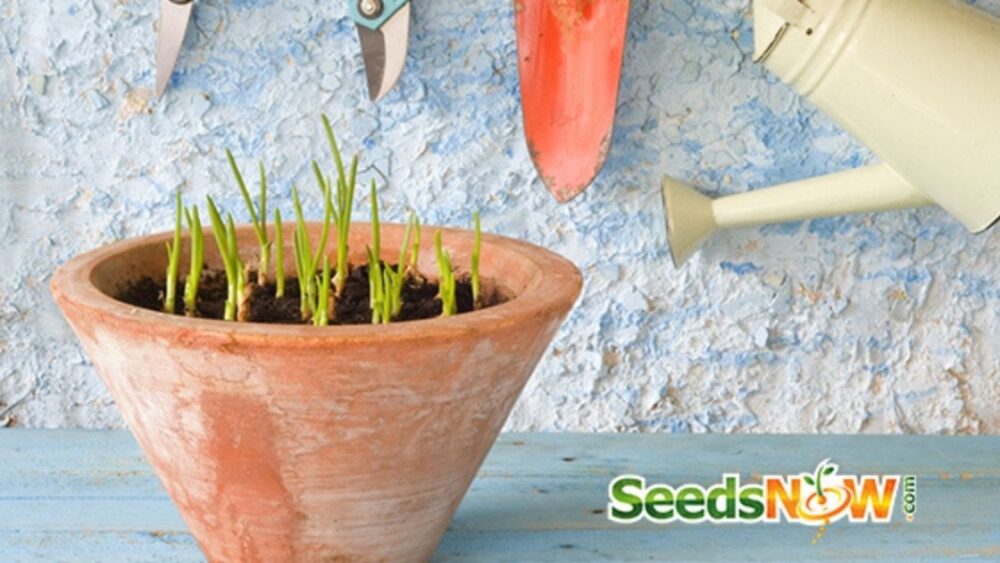
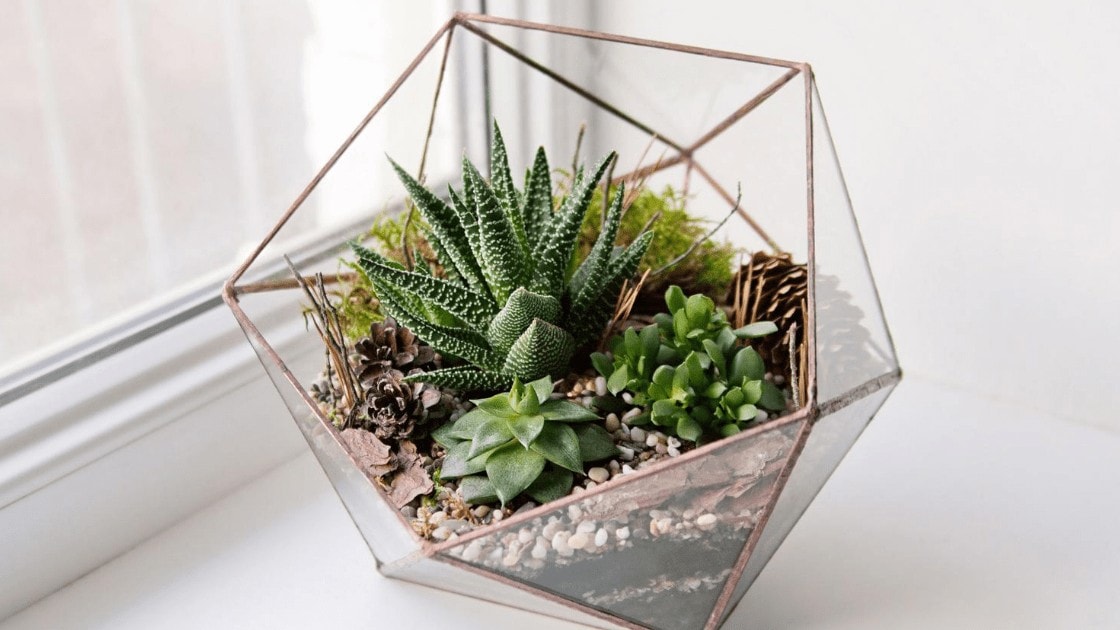


Itís nearly impossible to find well-informed people for this topic, but you seem like you know what youíre talking about! Thanks